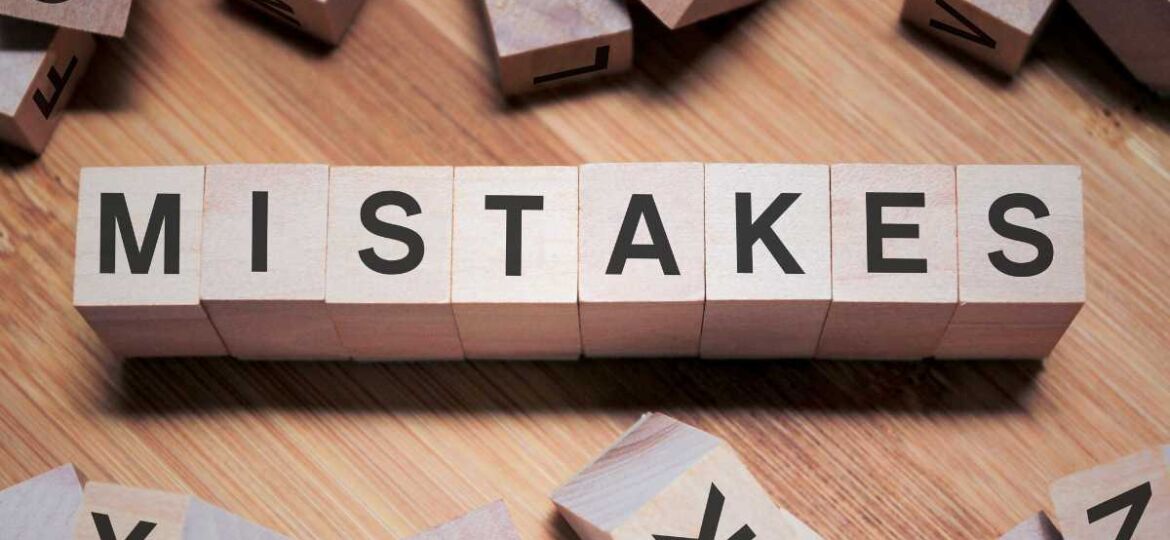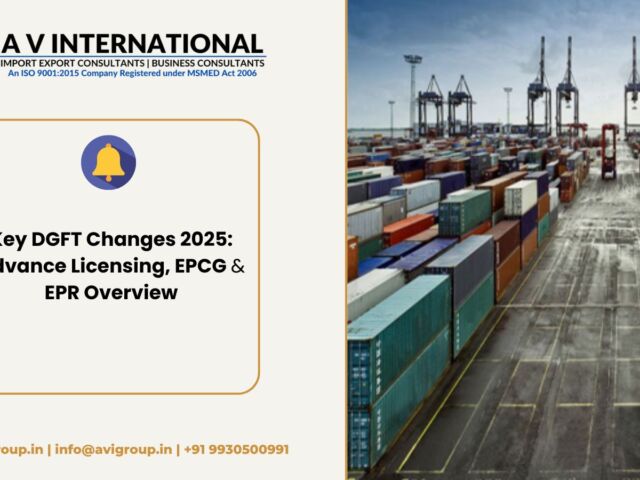Top Export Compliance Mistakes: DGFT Advance Authorization, EPCG & CPCB (2025 Guide)
Exporting in India can feel like a legal riddle wrapped in a compliance conundrum, where even seasoned veterans can lose their way in the market maze. You could be applying for the DGFT’s Advance Authorization scheme, using an EPCG license to import capital goods, or applying for front-end environmental clearance under the CPCB scheme; we have seen businesses trip up on real-world mistakes, often when they least expected it. Here are the mistakes and how to avoid them so you can keep moving forward on your exporting journey.
Mistake #1: Forgetting the Advance Authorization Type and Context
What Happens:
DGFT’s Advance Authorization scheme allows you to import raw materials without paying duty, as long as you export ‘finished’ goods. But one tiny mistake – incorrectly inputting the Standard Input-Output Norm (SION), incorrectly calculating wastage, or misspelling product codes – can lead to delays, or worse, rejection of the Advance Authorization license altogether.
Mistake #2: Ignoring Export Obligations Under EPCG
What Happens:
Export Promotion Capital Goods (EPCG) licenses are the golden child of exporters as they allow for the import of qualified machinery with no customs duty payable. Exporters must comply with onerous export obligations (6X of the duties saved) over an obligation period of six years. The most common mistake we see is that exporters (1) lose track of their export obligations timelines or fail to maintain the documentation of the export shipments.
What to Do:
Set reminders for EPCG fulfillment timelines. Keep an organized record of exports in relation to your EPCG license. Use the DGFT digital portal to inform yourselves of export obligations and compliance status. Additionally, see if using a knowledgeable and experienced consultant could help fill in the gaps if you are anxious about meeting targets for your EPCG license.
Mistake #3: A Lack of Recognition of CPCB Environmental Clearances
What Happens:
There is nothing that freezes and stops exports faster than not having an up-to-date or not renewed Environmental NOC from the Central Pollution Control Board (CPCB). We come across manufacturers who forget to renew “consents to operate” or completely misunderstand what EPR (Extended Producer Responsibility) specifications apply to hazardous materials.
What to Do:
Do not treat CPCB approvals as an afterthought or side issue. Have it included in your regular compliance review – renew NOCs before prior consent to operate expires, have the EPR registration is current, and file all necessary compliance reports every year. You’ll protect your business interests, instill confidence with overseas buyers, and broaden access to new markets that require responsible sourcing.
Mistake #4: Treating Documentation as a Hassle
In export, almost every document counts. There might be serious costs to your ability to obtain approvals, your money, and your reputation if you overlook a GST certificate, site maps, and outdated registration-cum-membership certificates (RCMC).
How to Fix:
Documentation is a team effort. Assign someone to have the responsibility, use digital checklists, and get another person to check ALL of the paperwork before submitting. The more time you spend on execution, the less time you will have to redo things and feel stressed out before important deadlines.
Mistake #5: Waiting for Your Problems to Ask for Help
Pride, fear of looking stupid, or simply being too busy can cause exporters to avoid asking crucial questions. But regulatory authorities exist to support you; they wish you be a compliant and, therefore, successful exporter too.
How to Fix:
Contact your regulatory authority early. Whether it is about clarifying advanced authorisation norms from the DGFT, understanding how to fulfil EPCG (export promotion of capital goods) or querie about environmental guidelines from CPCB (central pollution control norms), it will save you also stress and time by being proactive rather than reactive.
Final Thoughts
Exporting is not just about items and destinations; it is about relationships, reputation, and readiness. You need to be aware of the fundamentals of DGFT advanced authorisation, EPCG licensing, and CPCB clearances, and you should devote your undivided focus and effort to compliance; it is not just paperwork, but building a durable business.
DGFT
Legal
Company Secretarial
DGFT Notifications
Others
Recent Posts
- Top Export Compliance Mistakes: DGFT Advance Authorization, EPCG & CPCB (2025 Guide)
- Environmental Clearance CPCB Quick Guide for Exporters
- DGFT e-BRC Rule 2025: Key Update for Advance Authorization & EPCG Holders
- Key DGFT Changes 2025: Advance Licensing, EPCG & EPR Overview
- DGFT 2025 Updates: Key Changes for Advance Authorization License & EPCG Authorization Licence Holders
- DGFT Notifies 3 New SIONs: A-3690, A-3691 & A-3692
- DGFT allocates 5841 MT for Sugar Export
- DGFT Eases Export Rules for Pharma Grade Sugar – Key Changes in ANF-2N Form
FeATURED ARTICLES
Top Export Compliance Mistakes: DGFT Advance Authorization, EPCG & CPCB (2025 Guide) Exporting in India can feel like a legal…
Environmental Clearance CPCB: Quick Guide for Exporters If you’re an Indian exporter or manufacturer working under schemes like the Advanced…
DGFT e-BRC Rule 2025: Key Update for Advance Authorization & EPCG Holders The Directorate General of Foreign Trade (DGFT) has…
Key DGFT Changes 2025: Advance Licensing, EPCG & EPR Overview DGFT Updates 2025: What Exporters and Importers Should Know About…






